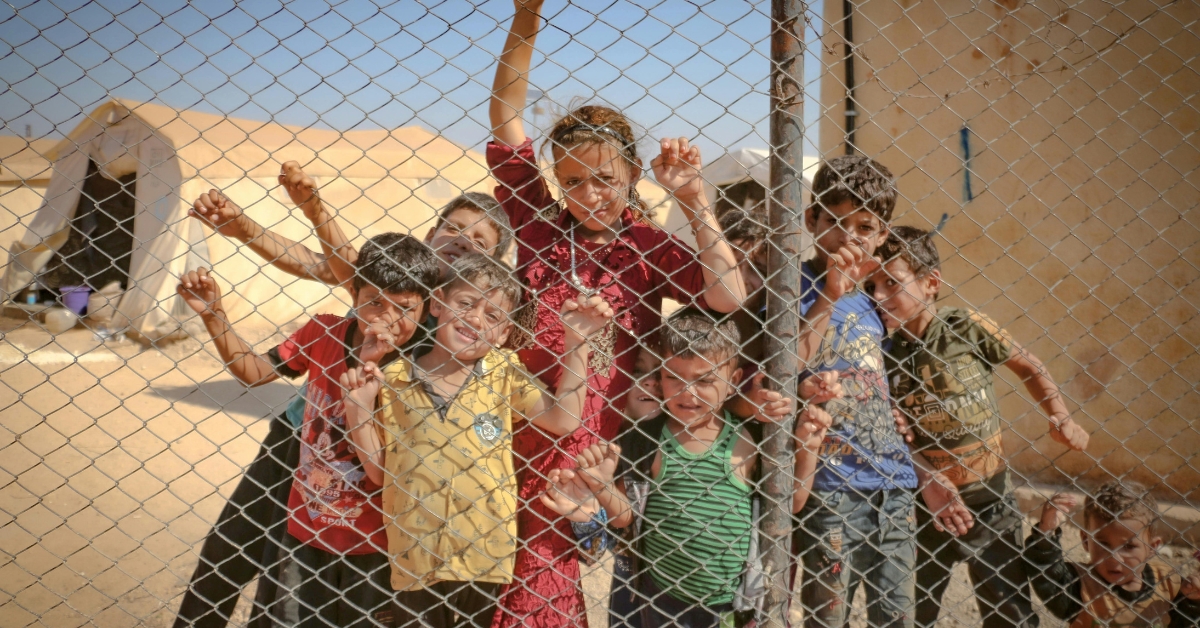Introduction: The Importance of Resilience in Children
Today’s world can be overwhelming for parents. Many wonder: “Should I toughen my child up, or should I embrace gentle parenting and risk them being too soft?” The key is resilience—the ability to bounce back, adapt, and flourish in the face of challenges.
Raising resilient kids doesn’t mean turning them into emotionless robots. It’s about equipping them with emotional strength, problem-solving skills, and confidence to handle life’s hurdles without feeling defeated.
In this article, we’ll explore:
- What resilience means for children
- How parents can nurture resilience
- Factors influencing resilience
- Strategies & exercises for kids
- Signs of resilience and its lifelong benefits
What is Resilience in Children?
Resilience in children is their capacity to handle stress, adapt to challenges, and grow positively, even when setbacks occur.
Researchers define resilience as both a process and an outcome of successfully adapting to adversity. Unlike natural talent, resilience is a skill—it can be nurtured over time with the right parenting approach.
How Parents Can Build Resilience in Children
Tips to Foster Resilience in Kids
- Encourage confidence by celebrating effort, not just results.
- Normalize mistakes—remind them failure is part of growth.
- Create opportunities for independence (chores, decisions).
Factors Affecting Childhood Resilience
- Parenting style (positive vs. authoritarian)
- Family environment (safety, trust, open communication)
- Social exposure (friends, school, community)
- Opportunities to fail and learn safely
Methods to Teach Kids Resilience
- Role-play problem-solving situations
- Ask guiding questions instead of giving direct answers
- Teach self-care and coping techniques (breathing, journaling, mindfulness)
Childhood Resilience Development Stages
Signs of Resilient Children
- Bounce back quickly after failure
- Share feelings openly
- Adapt well to change
- Seek solutions instead of giving up
- Show independence in decisions
Resilience vs. Grit in Children
- Resilience = Adapting and recovering from everyday challenges
- Grit = Long-term perseverance and passion for goals
Both traits combined shape emotionally strong individuals.
Benefits of Resilience in Childhood
Building resilience brings lifelong advantages:
- Higher self-confidence
- Improved problem-solving abilities
- Stronger relationships
- Better academic & social performance
- Emotional stability into adulthood
Daily Resilience Exercises for Kids
- Role-playing tough situations (like losing a game gracefully)
- Keeping a gratitude journal
- Practicing stress-relief techniques (deep breathing, visualization)
- Playing puzzles & strategy games
- Engaging in family discussions & decision-making
What Research Says About Childhood Resilience
Studies show resilience is closely tied to self-regulation—the ability to manage emotions, focus, and behavior. Kids who regulate emotions and adapt to stress are more likely to succeed socially, academically, and personally.
Conclusion: Building a Resilient Generation
As parents, we can’t control the challenges our children will face, but we can equip them with the emotional tools to thrive.
By nurturing confidence, problem-solving, independence, emotional regulation, and social support, you’re raising a child who can navigate life with strength and optimism.
Don’t shield kids from every difficulty—teach them to face it. That’s the real gift of resilience.
FAQs About Resilience in Children
Q1: What is resilience in children?
Resilience in children is their ability to adapt, recover, and thrive when faced with stress, failure, or challenges. It helps them stay confident and positive even during difficult times.
Q2: How can parents build resilience in their kids?
Parents can build resilience by encouraging problem-solving, normalizing mistakes, promoting independence, and providing emotional support in a safe and loving environment.
Q3: What are the signs that a child is resilient?
Resilient kids bounce back after setbacks, adapt to changes easily, express emotions openly, make independent choices, and actively look for solutions to problems.
Q4: Is resilience the same as grit in children?
No. Resilience is about adapting to challenges, while grit is long-term perseverance toward goals. Both are important for emotional strength and success.
Q5: What activities help children build resilience?
Simple activities like role-playing tough situations, journaling, practicing mindfulness, gratitude exercises, puzzles, and family problem-solving discussions can help kids strengthen resilience.
Q6: Can resilience be taught, or is it natural?
Resilience is not just an inborn trait—it’s a skill. With positive parenting, emotional guidance, and practice, children can develop strong resilience over time.




